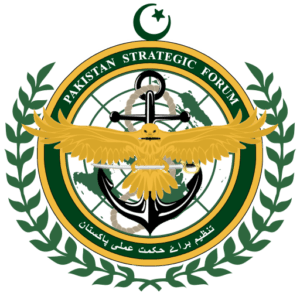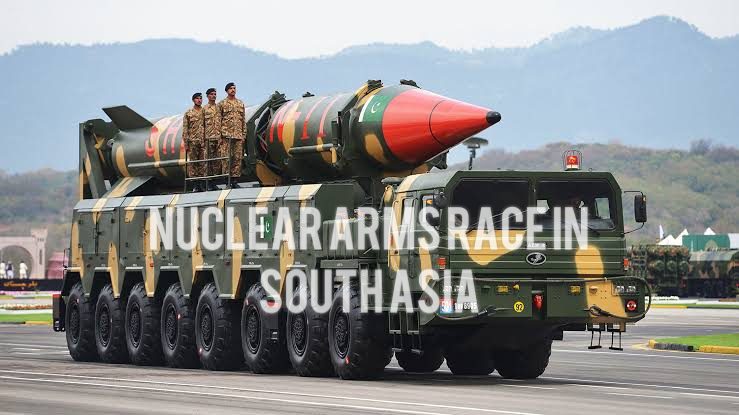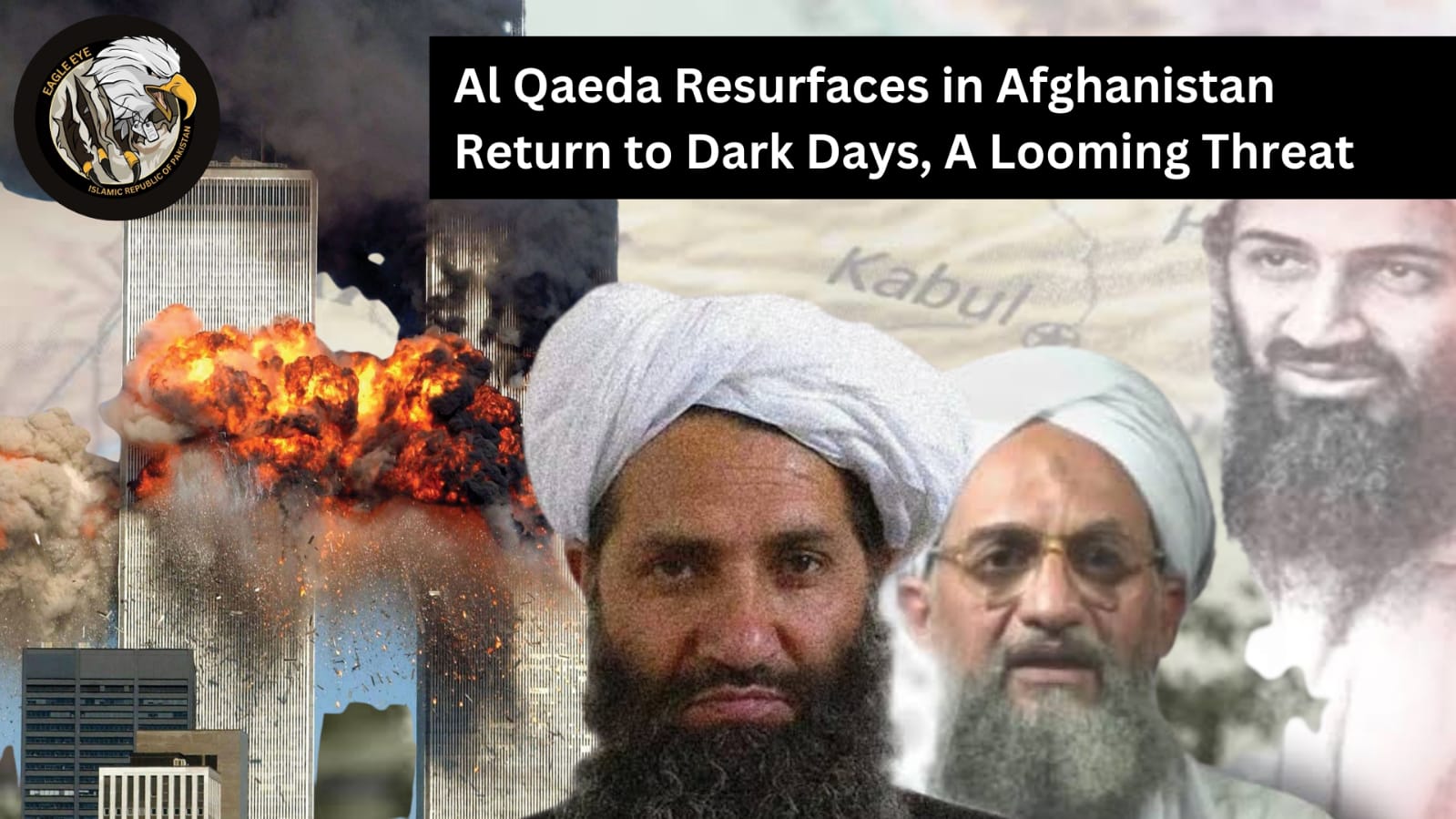The acquisition of nuclear weapons is termed as Nuclearization. South Asian region comprises eight countries namely India, Pakistan, Bangladesh, Afghanistan, Bhutan, Sri Lanka, Nepal, and Maldives.
South Asia is getting increased global importance encapsulating as it has around 1.5 billion people who represent one-quarter of the world’s population. Due to its strategic location and natural wealth, the region has acquired a very important position in the world from a geostrategic point of view. The conflicts within South Asia help extra-regional forces to expand their influence inside the region to pursue their global agenda. For instance, the United States has an interest in the region which largely deals with its global political dominance but after the rise of China, it also includes the protection of its global economic dominance.
China seeks a relationship with South Asian countries via economic development. The China Pakistan Economic Corridor (CPEC) and the Belt and Road Initiative (BRI) project are primes examples of China’s developing relationship with other regional countries.
Indo-Pak Rivalry and Nuclearization
This region has two states which have nuclear weapons- India and Pakistan. Interestingly both countries are arch-rivals with Kashmir as the bone of contention between the two states. In the late-twentieth century especially from 1947 to 1971, the region suffered heavily from major wars. The first war in 1947 till the last major war in 1971 the region remained the hot point for wars. But after the disintegration of Pakistan in 1971, the region went into a nuclear arms race. In May 1998, India directed its first atomic bomb tests at the Indian Army Pokhran Test Range, Known as Pokhran-II. The tests included five explosions and were trailed by Prime Minister Atal Bihari Vajpayee announcing India as the first South Asian Atomic power- eventually starting a nuclear arms race in the South-Asian region. Pakistan replied with the same gun when Pakistan led a progression of atomic tests on 28 May 1998 at the Chagai test site, Baluchistan. On 6 June 1998, the United Nations Security Council collectively passed Resolution 1172, which censured the tests and communicated profound worry at the danger of an atomic weapons contest in South Asia. United Nations encouraged the two nations to quit making any sort of new missiles. In wake of the atomic tests, the region across another war known as the “Kargil War”. The conflict reached its peak in July of 1999, India utilized its relations with the US and pressurized Pakistan to pull out its troops. The move finally worked, and the war ended in July 1999. The region once again witnessed another standoff between India and Pakistan. Soon after the attack on the Indian parliament, both countries had a 14-month long standoff between 2001 and 2003. A similar event unfolded in 2008 when terrorists attacked the Mumbai hotel bringing armies of both countries face to face at the borders. Last year Post Pulwama attack region was at the brink of war but was fortunately avoided due to the political maturity shown by Pakistan at a crucial moment. India has expanded its atomic abilities in all three theaters land, air, and sea. It has 130-140 atomic warheads and is probably going to increment to 200 by 2025; it has four kinds of ballistic missiles (Land to Land), two types of nuclear compatible fighter jets, and three kinds of sea-based ballistic missiles. This has likewise constrained Pakistan to improve its military limit. Nuclearization made South Asia a hazardous spot. It is sure, specialists contend, that even a little scope of atomic acceleration could bring about a remarkable calamity due to the high urban populace of the two nations. Then again, the dread of nuclear proliferation has limited the two countries from expanding customary war on different occasions: 1999’s Kargil war, 2001-02’s Twin Peak Crisis, and 2008’s Mumbai Attacks, Pulwama. In any case, the dread of heightening is consistently present, given the situation of ordinary war being compelled to change over into an atomic one if the losing side has no different alternatives left. Although nuclearization was at first commended by the inside foundation and masses of these nations with the raising contest between the two atomic states, the danger to territorial and worldwide soundness is getting obvious.
The Way Forward
Considering these realities, it tends to be said that nuclearization in a manner limited the two countries from waging a full-scale conventional war as no one knows how fast it can turn into a nuclear one, eventually resulting in complete destruction. But this nuclearization has pushed India and Pakistan into a nuclear arms race which is costly for both countries.
These conflicts especially Kashmir must be resolved through political dialogue. The possibility of a just settlement on Kashmir cannot be ruled out. But this will probably put end to the arms race in the region. This can take place gradually starting from the ceasefire at LOC.
Author: Arooj Yasin Chaudhary
About Author: Arooj Yasin Chaudhary is studying BS International Relations at National University of Modern Languages
Edited By: Talha Ahmad (Editor in Chief PSF)
Note: The views expressed in this article are the author’s own and do not necessarily reflect the editorial policy of Pakistan Strategic Forum.
#TeamPakistanStrategicForum






